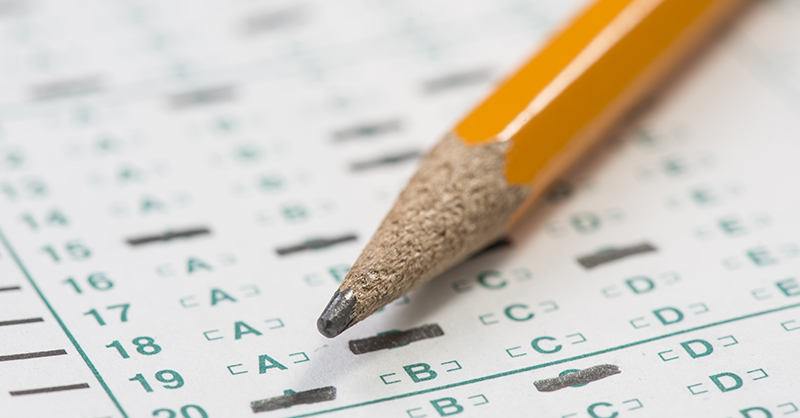1. Policies to address underrepresentation
Black and Hispanic freshmen were more underrepresented at the nation’s top schools in 2015 than they were in 1980, despite affirmative action policies put in place to address this issue. This New York Times article explores what’s needed to build truly diverse classes.
2. When Common Core leads to college acceptance
South Dakota is the first state higher education system that has decided to use Common Core test scores to give students guaranteed acceptance. Education Week covers how this and other schools are changing their approach to standardized tests to increase access to higher ed.

3. Helping students through an uncertain political climate
Washington is introducing concerns for undocumented students, but colleges can help. “There are 10 states that do require DACA for in-state tuition, but it’s not across the board. And that is a misperception that administrators can counter; DACA doesn’t have anything to do with people’s ability to attend college,” shared Nancy Jodatis, the Director of Higher Education Initiatives at Educators for Fair Consideration in a recent post on Education Dive. “I think it’s really important for colleges and universities, legislators and educators to make a concerted effort to reaffirm the eligibility of students to attend college.”
4. A source for more skilled workers
There are shortages in highly-skilled, highly educated workers to fill the three million manufacturing jobs open by 2025. The solution to this problem? Adult learners, says The Hill.
Recommended Reading
 Robot Proof
Robot Proof
Northeastern’s president explores how higher education institutions can prepare students for a technology-driven world.